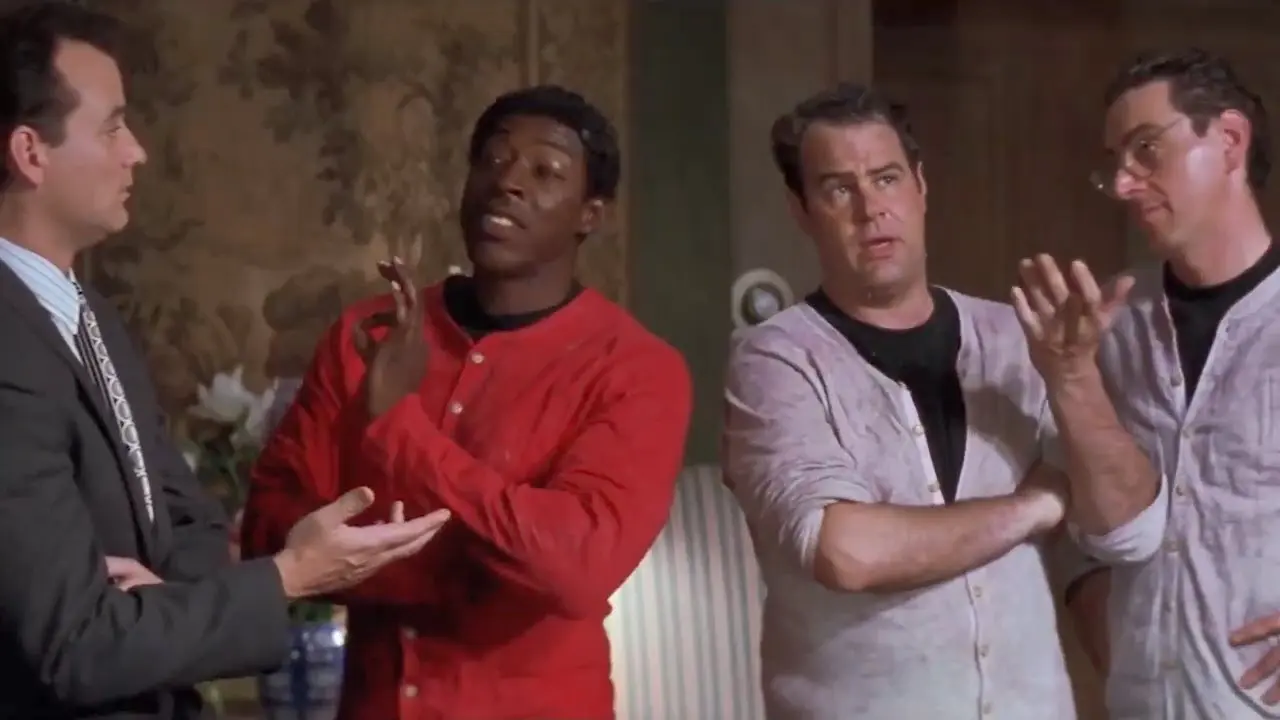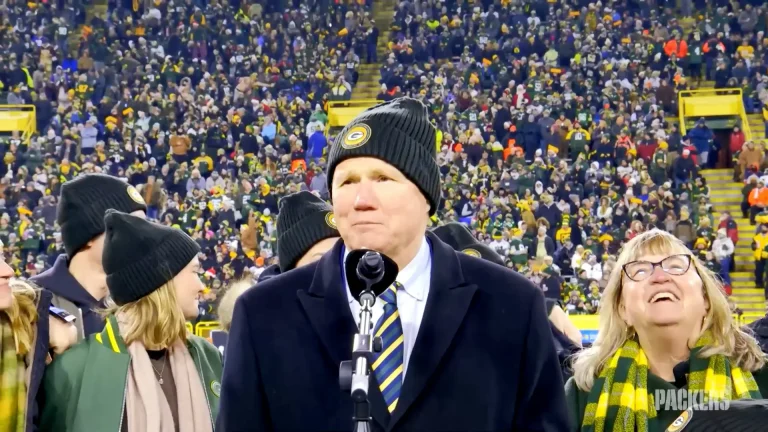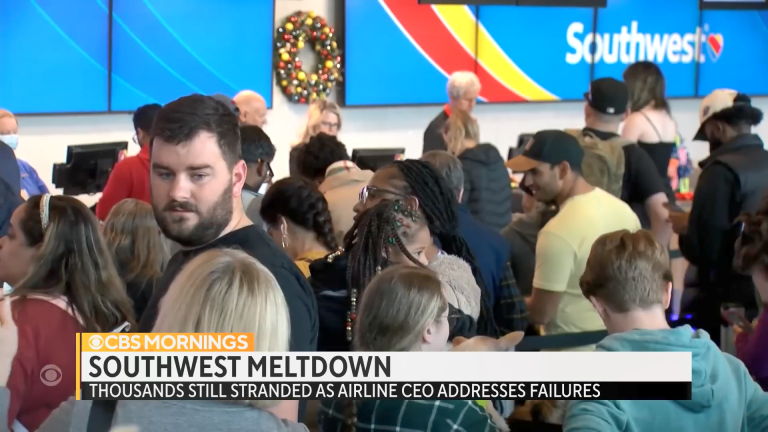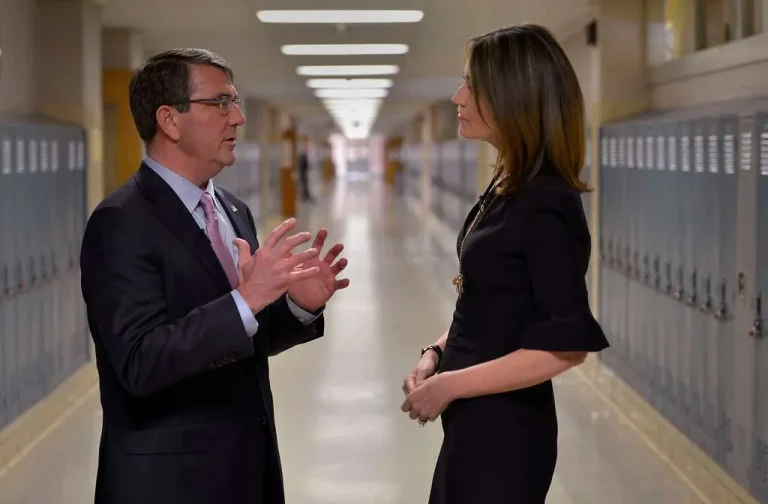What is News? And How Companies Can Stop Burying It
A new Pew Research study lends support for adopting brand journalism
Most Americans say opinion is not news, an insight that with consequences not just for journalism but also for corporate communications.
“The factual nature of information is a key factor in how Americans determine whether something is news or not,” a team at the Pew Research Center writes in a study released last month. “Participants widely said they want news to be ‘just the facts,’ not opinions or commentary.”
The finding may help explain why some people don’t trust the news media. But public relations pros and internal communicators can learn from that lesson.
Press releases and employee communications usually bury the news in opinions in the form of incessant praise for the organization. Those glowing claims undermine the credibility of the content, just as opinion undermines the credibility of a news story. Yet many communicators are slow to recognize this obstacle, instead sticking to the way things have always been done.
There is a better way, which we call brand journalism. Use the techniques that reporters and editors use, such as interviewing, data analysis and storytelling.
The goal is to inform, not sell, as our guide, “The 7 questions about brand journalism ― and answers,” explains.
Employ those tools to communicate directly with your audience, complementing your coverage from the news media, not replacing it. The report lends support to that strategy, saying, “People consider a range of information sources to be ‘news.’”
The findings
The study aims to answer the question posed by its title: “What is News?” Who answers that question has changed.
“The journalists and editors we interviewed agree that in the digital age, the power to define news has largely shifted from media gatekeepers to the general public,” the report says.
As a result, the research team relied on a national survey of nearly 9,500 adults in the U.S., an online discussion with 57 people and interviews with 13 journalists and editors.
The key findings that relate to brand journalism are:
- “Most people agree that information must be factual, up to date and important to society to be considered news. Personal importance or relevance also came up often, both in participants’ own words and in their actual behaviors.”
- “There are also consistent views on what news is not. People make clear distinctions between news versus entertainment and news versus opinion.”
- “Trust plays a critical role in how people decide whether information they come across is news or not,” whether the source is an established news outlet or an individual.
- People use cues, such as the source, tone and style of delivery, to decide if something is “news,” especially when scrolling through social media.
Is it time to start building your brand journalism newsroom? The answers to this time-honored list of reporter’s questions will help you decide.
The question, “What is news?” dates back before the invention of the newspaper. And it comes up in pop culture.
In the 1989 movie “Ghostbusters II,” the team tries to warn New York’s mayor of an impending slime attack that will spew anger and chaos across the city.
The mayor, played by the late David Margulies, rejects their warning, saying, “Being miserable and treating other people like dirt is every New Yorker’s God-given right.”
As the mayor walks away, Dr. Peter Venkman, played by Bill Murray, calls out, “You’re making a big mistake, Mr. Mayor, a very newsworthy mistake. The Times is gonna be interested in this, and you know The Post…”
You wouldn’t need a Pew Research study to know that it was a big story.
Tom Corfman thinks “Ghostbusters II” was good, but not as good as the 1984 original. The other installments were … bad. Tom, a senior consultant with Ragan Consulting Group, is ready to help your organization start its brand journalism program.
Contact our client team to learn more about how we can help you with your communications. Follow RCG on LinkedIn and subscribe to our weekly newsletter here.







